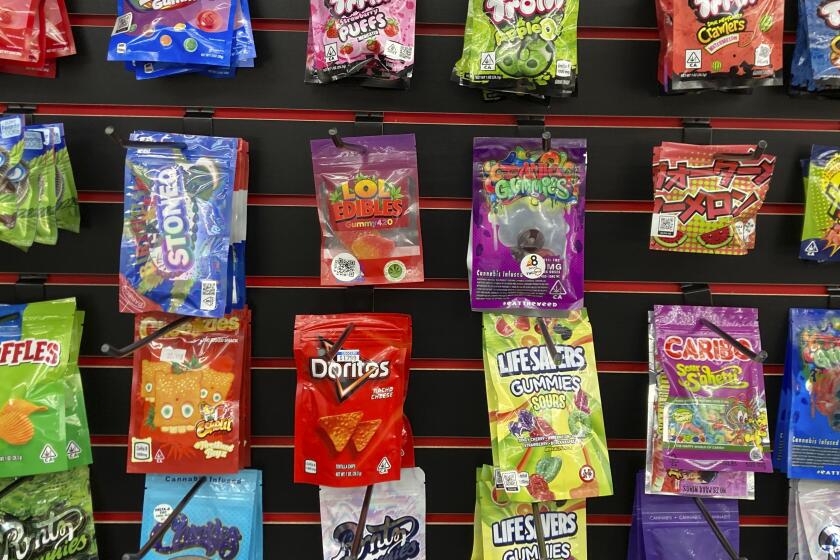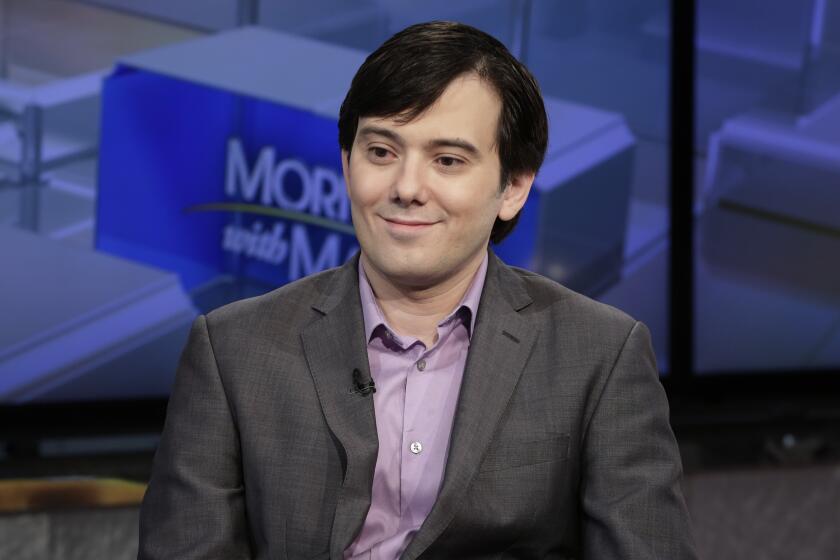Some markets don’t buy the double-dip scenario
They don’t seem too worried about a “double dip” global recession in Germany, the world’s second-largest exporter. The country’s stock market has rallied back to within 3% of its spring high.
In Indonesia, the fourth-largest nation by population, the economy is so good that the stock market already has recouped all its 2008 decline and this week hit a new all-time high.
On Wall Street, even as fears about the domestic economy have deepened over the last two months, the interest rates that investors have been demanding to lend money via “junk” corporate bonds have fallen — which isn’t what you’d expect if the bond buyers figured another economic downturn was just around the corner.
Those markets don’t prove anything about the economy and the chances of another recession. But they’re at least a reminder that global investors’ views aren’t in sync with the popular American idea that things are bad and about to get much worse.
The risk of a double dip, meaning economic output would start to decline again after rising since mid-2009, has become a topic of constant speculation this summer. Every new bit of economic data that comes in weaker than expected naturally fuels jitters that a double dip may be inevitable.
Investors “seem to accentuate the negatives and ignore the positives,” says Edward Yardeni, an economist and head of Yardeni Research in Great Neck, N.Y. “It’s as though the bears have succeeded in a great ‘inception,’ i.e., planting the idea of a double-dip recession in everyone’s subconscious,” he says, channeling Hollywood.
Many U.S. stocks were severely pounded in late June on economic concerns. This week, robust second-quarter profit reports from companies including AT&T, Caterpillar, UPS and Coca-Cola lured some money back to the market. The Standard & Poor’s 500 index rose 3.5% for the week; it’s still down 9.4% from its spring high, even as earnings overall continue to improve.
Based on S&P’s current tally of analysts’ earnings estimates for 2010, the S&P 500 index price-to-earnings ratio is about 13.5. That is a fairly reasonable valuation, historically speaking — presuming the analysts are in the ballpark, which in turn presumes the economy isn’t about to crumble.
For what it’s worth, most Wall Street economists continue to believe that the risk of a double dip is low. They predict slower domestic growth in the second half of the year, but not shrinkage.
Federal Reserve Chairman Ben S. Bernanke had the same basic forecast in his testimony before Congress this week. He noted that most Fed officials on the central bank’s policymaking committee expect real gross domestic product growth for 2010 to be in a range of 3% to 3.5%, only a slight decline from their spring range of 3.2% to 3.7%.
Maybe Bernanke didn’t figure on the markets, and the media, latching on to a phrase deep in his prepared text: an admission that the economic outlook was “unusually uncertain.” He made that observation in the context of the Fed’s readiness to respond with more monetary help if necessary, though he made clear that the central bank didn’t see the need to take any action soon.
He also said he didn’t regard a double-dip recession as a “high-probability event.”
Yet after the stock market drubbing — and wild volatility — of the last three months, it’s understandable that many investors feel that there’s no percentage in being optimistic about equities. Like Bernanke said, the future is “unusually uncertain.”
Many U.S. businesses still are trying to nail down what their long-term costs will be under federal healthcare reform. The sweeping financial reform bill that President Obama signed this week raises big questions about the future availability, and cost, of bank loans and the ultimate effect on economic growth.
More immediately, high-income Americans have no idea what their income tax, capital gains and dividend taxes will be on Jan. 1 when the 2001 and 2003 federal tax cuts expire. A decision by Congress, if any, on what to do with tax rates won’t come before autumn.
But there may be more weighing on the market than economic uncertainty. As a nation, we’re conditioning ourselves to view any good news against the backdrop of the ongoing suffering of so many sectors of the economy — particularly the millions of unemployed whose job prospects will be slim to none even if GDP keeps rising.
For them, the recession never ended, and may never end. If you have family or friends in that group it probably doesn’t make you feel good about taking risks with your money or your career.
That emotional drag clearly doesn’t beset much of Asia, where optimism about the future has translated into a quick rebound in many stock markets. South Korea’s market hit a fresh two-year high on Friday, while India’s reached a 29-month high. Singapore and Malaysia were near multiyear highs.
Back home, investors collectively have had much less apprehension about buying corporate junk bonds than about buying stocks in recent weeks. As money has flowed into junk issues, the annualized yield on an index of 100 junk bonds tracked by KDP Investment Advisors has fallen to 8.21% from 9.20% on May 25.
Bonds in general have continued to be many investors’ favorite (or only) idea, but the latest rally in junk ought to be a good sign for stocks. If bond investors were worried about an imminent recession, the junk market probably would unravel in a hurry — as it did in late-2008 when the KDP index yield rocketed to nearly 18%.
For the last few months the stock market has become hostage to a much bigger bond market: U.S. Treasuries.
The plunge in Treasury bond yields since early April has fed economic fears. Investors’ hunger for the relative safety of Treasuries has driven the yield on the benchmark 10-year T-note to 2.99% from nearly 4% on April 5.
The stock market wonders what ominous secrets Treasury buyers know about the economic outlook that makes them think 2.99% is likely to be a good annual return over the next decade.
A T-note yield below 3% “is an indicator of a lack of confidence,” said Andrew Busch, public policy strategist at BMO Capital Markets in Chicago.
When investors lack confidence, at a minimum they’re going to mark down the prices they’re willing to pay for risky assets. If they worry about excessive market volatility, they may mark down prices further.
That’s what happened to stocks and other assets from April through early July.
But some markets have already decided that the double-dip lobby has it wrong. Could U.S. equities be next?
More to Read
Inside the business of entertainment
The Wide Shot brings you news, analysis and insights on everything from streaming wars to production — and what it all means for the future.
You may occasionally receive promotional content from the Los Angeles Times.










